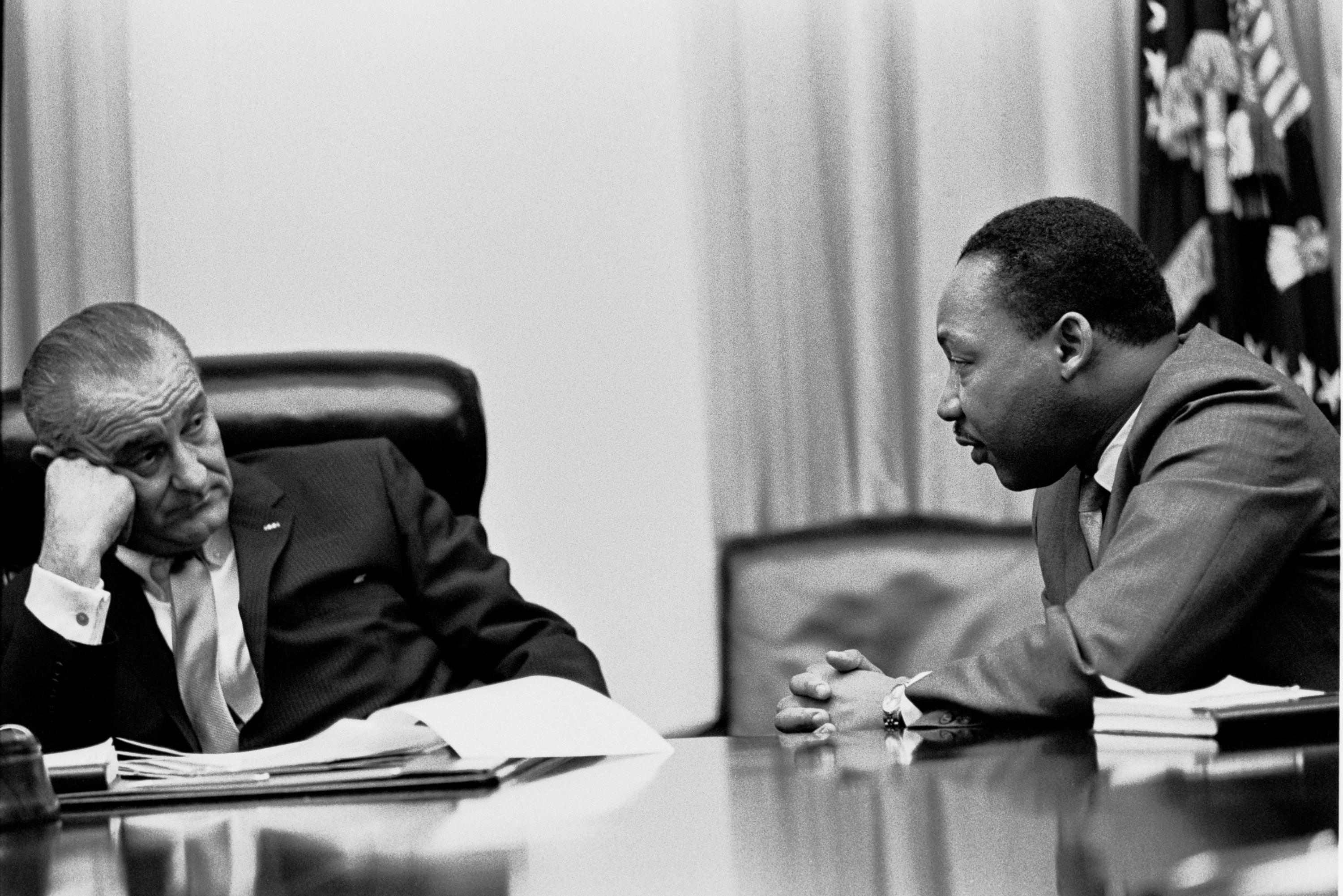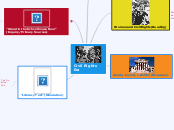
Civil Rights Era

Major Milestones (Lecture)
Students will name 3 major civil rights milestones in government policy.
Assessment: Students take part in a think/pair/share activity where they will discuss and debate how effective Brown v. Board was in desegregating Southern states.
The teacher gives a PowerPoint presentation on major milestones in the Civil Rights Era.
During breaks in the lecture, students will answer questions in a class discussion as they analyze the content.
Assessment: Students will fill out exit slips that ask them to decide which person or event had the most lasting influence on the Civil Rights Era.
Students will fill out a guided notes handout during the lecture so they can better synthesize the material.

Women and Civil Rights (Reading)
Students will describe 4 contributions made by 4 women involved in various levels of the civil rights movement.
Assessment: Students will complete a timeline that illustrates different ways 4 women contributed to the civil rights movement and laid the groundwork for later generations of women.
Students will read 2 informational texts that present different aspects of women in the civil rights struggle.
Students will conduct a gallery walk where they explore and analyze 5 different women who made major contributions to the civil rights struggle.
Assessment: Students participate in a think/pair/share activity where they hypothesize and discuss how they would react if they were a young black woman in the "Little Rock Nine" desegregation group.
The teacher introduces the real-life issues faced by the "Little Rock Nine" in an anticipatory set at the start of class.

Shelby County v. Holder (Discussion)
Students will analyze the 2013 Supreme Court decision that struck down parts of the 1965 Voting Rights Act.
Assessment: Students will participate in a group discussion where they analyze the major arguments on one side of the landmark case Shelby County v. Holder.
The teacher will present the divergent views that lead to the Supreme Court's decision in 2013 to strike down certain section of the 1965 Voting Rights Act.
Students will watch a CBS News TV report about the Supreme Court's decision to strike down Section 4 of the 1965 Voting Rights Act.
Assessment: Students will participate in a mock "TV Chat Show Panel Discussion". Students will act as audience members or representatives on the "show" as they analyze and question the arguments on both sides of the case.
Students will read a CNN story that details both sides of the legal debate involved in Shelby County v. Holder.
The teacher will act as the "host" of a mock "TV Chat Show". The teacher will explain that students will participate as representatives and audience members.
Students will examine primary sources to analyze the competing positions stated by Gov. Wallace and President Kennedy regarding integration at the University of Alabama.
Assessment: Students will complete primary source analysis worksheets for motion pictures and written documents.
The teacher will review the major issues involving integration during the Civil Rights Era.
The students will analyze written and filmed primary sources that present different perspectives regarding school integration and the "Stand in the Schoolhouse Door".
Assessment: Students will create a one page analysis of the arguments made by Gov. Wallace and President Kennedy.
Students will integrate the evidence presented by the different primary sources and by the teacher.

"Literacy Test" (Simulation)
Students will utilize the 1965 Alabama Literacy Test in a classroom simulation that illustrates the injustice experienced by people who were forced to take the tests.
Assessment: Students will demonstrate their knowledge of literacy tests in the context of the Civil Rights Era.
The teacher will review the history of literacy tests in the South. The teacher will present some actual literacy test sample questions to illustrate the futile nature of the exams.
The students will attempt to answer the literacy test questions. This exercise in futility will help them better understand the motivation behind literacy tests.
Assessment: Students will perform one of three roles in the simulation: either that of a clerk, a citizen who is required to take the test or a citizen who does not have to take it.
The teacher will give the students specific instructions on how to conduct their simulation. Each student will be assigned a role and all materials will be provided.
Students will follow the instructions they are given by the teacher and arrange themselves in groups that represent different voters and government officials.
